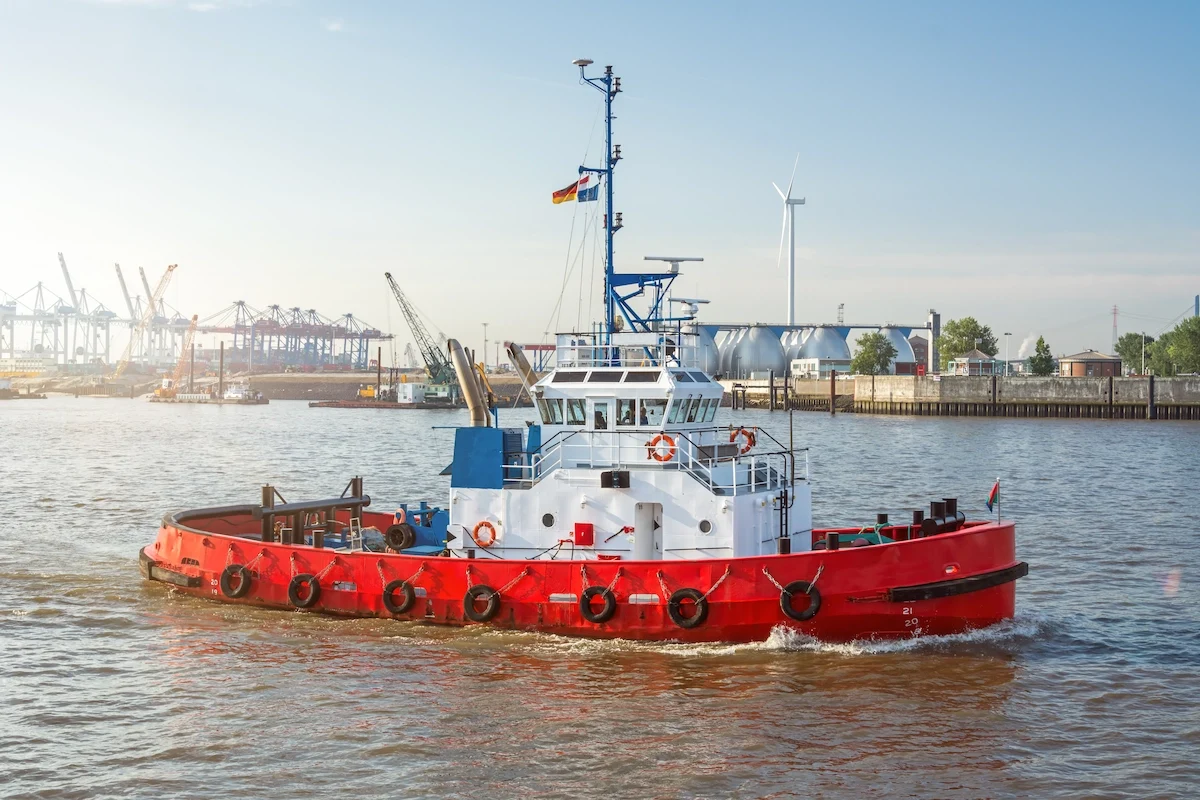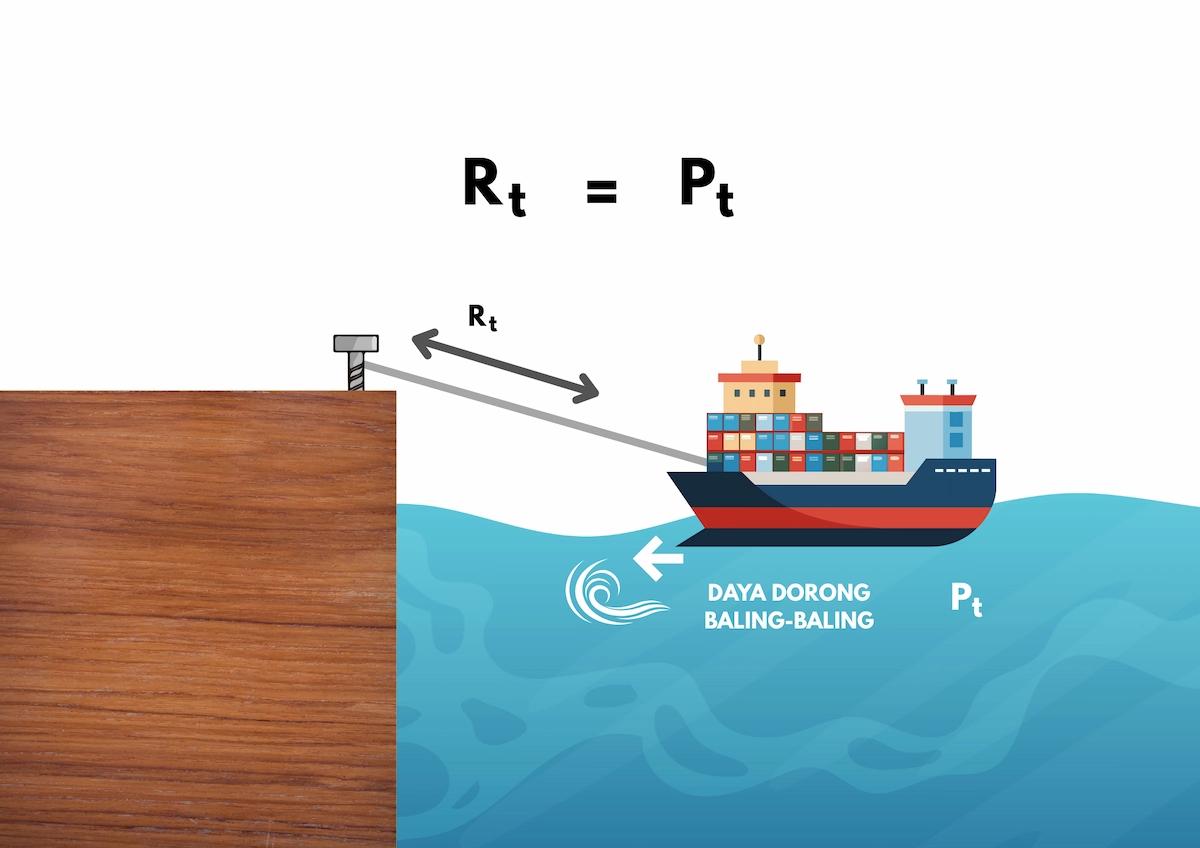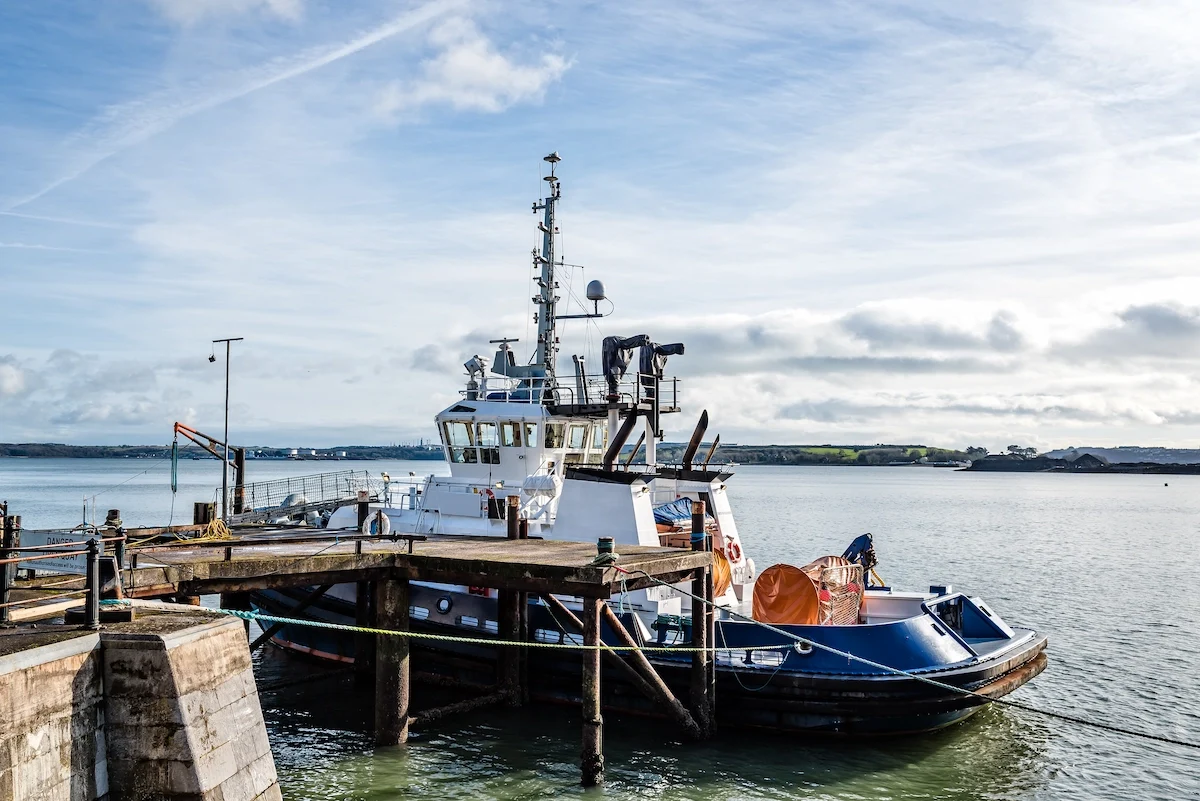
22-11-2025
Understanding the Bollard Pull Test in the Maritime Industry
In shipping and sea freight, the bollard pull test is critical. Bollard pull is a vessel’s pulling power compared directly to the horsepower or conventional vehicle torque.
A bollard pull test must be carried out because it examines the vessel’s maximum power against static objects, such as docks or other ships.
This article discusses the bollard pull test and its procedure. So, read this article until the end to learn more!
What Is a Bollard Pull Test?
A bollard pull test examines the pulling power of a ship when it remains still on the water. This test aims to assess the performance of vessels, especially tugboats, in propelling other ships, such as cargo and tanker ships.
The concept of bollard pull is similar to the drawbar pull in a land vehicle, such as when a truck tows a trailer. It aims to determine the truck’s ability to pull a trailer or other heavy vehicles.
The technical specifications of the bollard pull test are generally recorded in kilonewtons (kN), tonnes-force (tf), or short tons force (stf).
All commercial vessels designed to tow other vessels are required to undergo this test and obtain bollard pull certification from an authorized international agency, such as Bureau Veritas (BV) or the American Bureau of Shipping (ABS).
Read also: What Is a Cargo Hold, Function, Types, and Its Parts
Why Is the Bollard Pull Test Important?

Similar to land vehicles that have a power testing unit (horsepower), a vessel’s power must also be tested.
What makes the two different is their weight and velocity. Land vehicles may have an ideal speed-to-torque ratio. Meanwhile, ships need to pull heavier loads on water, so they must move more slowly.
Therefore, although the speed is relatively slow, the torque of the propeller and the pushing machine is still significant. That’s why a bollard pull test is conducted from 0 speed in the forward direction to ensure the tugboats can withstand the towed ships stably.
It is essential to know that conditions at sea can cause the towed vessel to exert thrust in the opposite direction to the tugboat. In addition, the towed vessel also moves under its own power.
If the calculation is missed or inefficient, the towed vessel can collide with the tugboat. Thus, the tugboat must be able to stop and change direction immediately.
How to Carry Out the Bollard Pull Test

A bollard pull test is done using a bollard in the dock. A bollard is usually short and made of metal. It is also used for anchoring ships.
The bollard pull ability is measured by anchoring the tugboat’s towing mechanism to the bollard, and the boat must be able to propel itself with maximal pull.
Because the ship is moored, it has zero forward speed. Then, the tension accumulated in the towline (which is moored) indicates the total thrust generated by the ship's propellers. To better understand how this test works, let's take a look at the following bollard pull test procedure:
- A tugboat is moored with special or steel ropes to the bollard in the dock.
- Turning the ship machine on, following the procedure.
- Measuring devices, such as dynamometers and load cells, will measure the maximum pulling force over a given time frame.
- To maintain safety during testing, the area around the tugboat must be kept clear to avoid accidents caused by a rope breaking while the boat is pulling at full speed.
To get an accurate result, a bollard pull test must be conducted on the water, with no tides or other obstructions, in a sterile environment, and with the propellers free.
However, there are times when these conditions cannot be achieved. For example, when the sea is rough, the results are generally not wholly accurate. As a result, you need to consider the risk factors and potential errors during testing.
Therefore, the bollard pull test is conducted experimentally, accounting for error factors. Then, you need to compare it with the basic simulation results.
Read also: Get to Know About Ship Docking: Process and Function
How to Calculate a Bollard Pull

As explained before, a bollard pull test is conducted to determine the maximum towing capacity, which is later used to propel a larger ship. Below is how to calculate a bollard pull:
Bollard pull: (Machine power in kilowatts x propellers’ efficiency x 0.101972) / 9.81
0.101972 is a conversion factor, and 9.81 is the acceleration due to gravity. On the other hand, the propellers’ efficiency ranges from 0 to 1, where 1 indicates full efficiency (100%) and 0 indicates power loss.
In physical terms, the force exerted by the tugboat on the towed vessel must be greater than the forces resisting the vessel (wind, waves, and friction between the hull and the water).
That concludes everything you can learn about the bollard pull test. A bollard pull test is crucial for determining a tugboat's maximum towing power. That way, the tugboat can pull a larger ship, including its load, such as passengers or chemicals.
Regarding vessels for chemicals, Chandra Asri Group, through PT Chandra Shipping International and PT Marina Indah Maritim, offers a logistics solution for nine chemical and gas vessels with capacities of 5,000 DWT–106,650 DWT. It might be increasing over time.
So, entrust your sea freight needs for chemicals and LPGs to Chandra Asri Group!
Read also: 7 Port Functions for the Economy and Trading, Must Note!